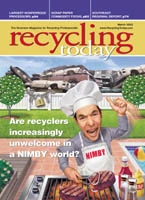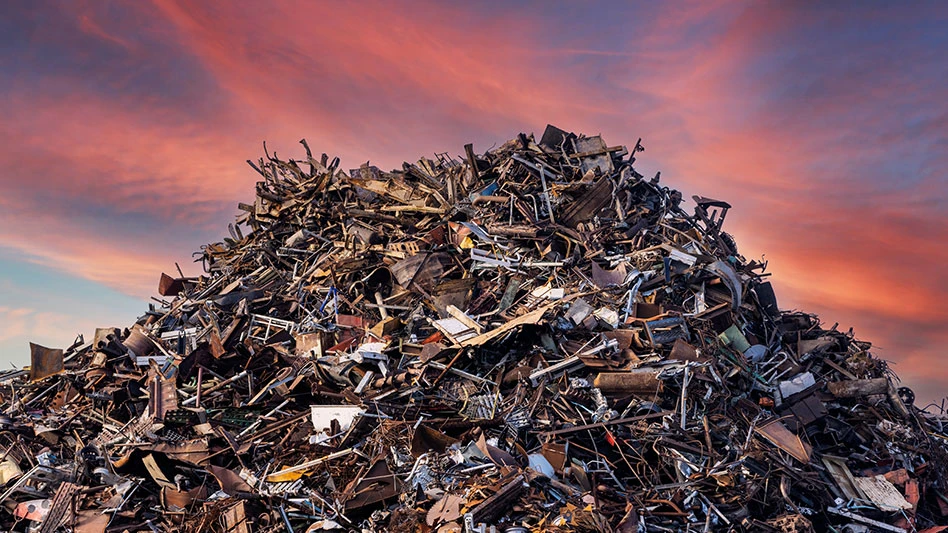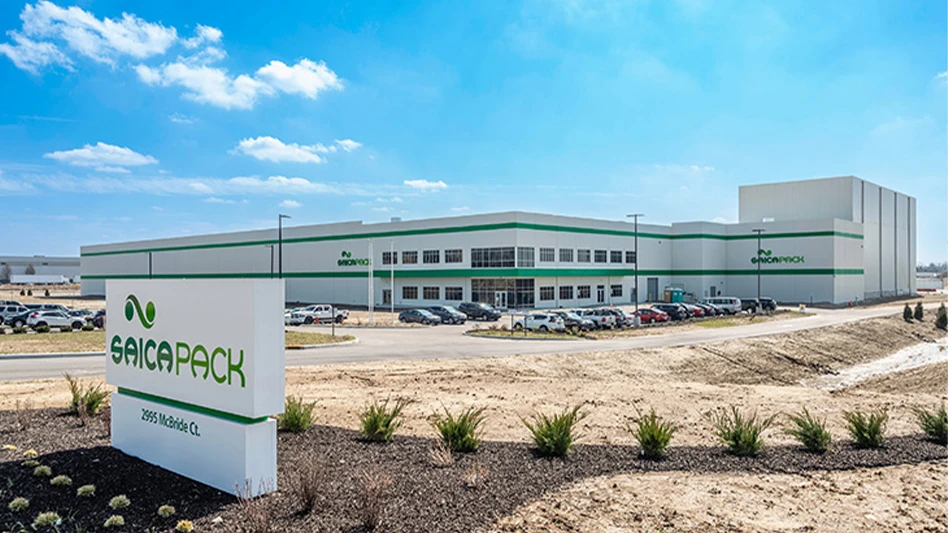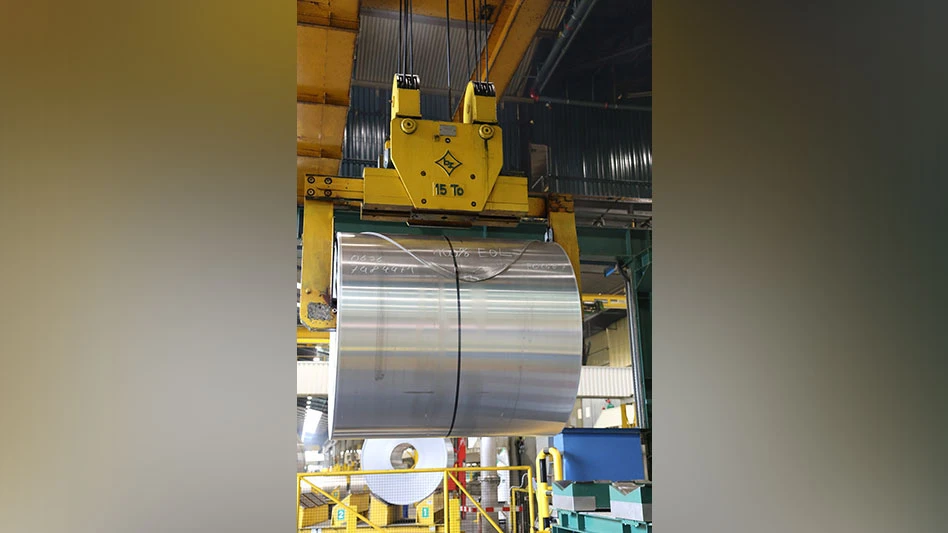After a couple years of layoffs, bankruptcies and revelations that standard
accounting practices do indeed serve a purpose, the phrase "new economy"
is not thrown around as much as it was four or five years ago.
Even so, the U.S. economy now contains fewer manufacturing jobs (by percentage), while so-called "knowledge workers"—such as information managers, software developers and engineers—have brighter job prospects. Knowledge that is well applied yields success to companies in any number of fields, including manufacturing.
Whether an economy is considered old, new or in transition, the consumption of basic materials remains a daily activity. Even during the heyday of "new economy" hype, some manufacturers and recyclers of basic materials did not panic, realizing their roles would still be needed.
The challenge remains making sure the "old economy" commodities, which in some people’s minds might include steel, cardboard, glass and newsprint, retain and expand their uses in daily life. Taking a converse view, another potential tactic is to involve an existing business with those materials gaining favor (such as plastics).
For individual companies, addressing these challenges could take several forms. At least one consideration that is facing many basic materials firms is access to capital. At a recent conference, several presenters from the steelmaking industry noted that a nearly decade-long struggle has been underway to gain favor with "the Street" for the equity necessary to fund capital improvements, expansions or new greenfield sites.
Even a relatively well-funded company must then seek to identify and manage change, often in the form of competition from other materials.
Creativity is not often associated with industry segments considered "stodgy" by distant observers, but old-line companies are increasingly showing their ability to innovate.
Makers of aluminum cans are struggling to compete with plastic bottle makers to retain their market share. But can-makers have battled back by offering cans in different sizes and shapes, including experimental "bottle cans’ that have a resealable cap—taking on a long-time competitive advantage of the plastic bottle.
Tin-plated steel can manufacturers are also turning to innovation to minimize the inroads made by plastic "can" designs. Steel cans are increasingly available with pull-tab lids designed to appeal to those seeking convenience and safety.
Recyclers will have to stay on top of such packaging changes to make sure they can harvest as much of the desirable metal as possible and to be on the lookout for mixed material packaging.
Meanwhile, some in the metals recycling business are branching out into the plastic container stream in order to stay in the municipal recycling mix. New York’s Hugo Neu Co. is making a bid to rescue a portion of the New York City recycling program that was abandoned last year by becoming the processor and broker for containers and white goods collected in the city. While this puts them in contact with steel and aluminum commodities they’ve worked with for years, it will also increase their involvement with plastic containers.
Introducing new designs that may fail and entering new markets are risky moves, but quite a few sharp business minds would counter that standing still while the world changes is just as risky.
Get curated news on YOUR industry.
Enter your email to receive our newsletters.

Explore the March 2003 Issue
Check out more from this issue and find your next story to read.
Latest from Recycling Today
- Freepoint Eco-Systems receives $50M loan for plastics recycling facility
- PET thermoform recycling the focus of new NAPCOR white paper
- Steel Dynamics cites favorable conditions in Q1
- Hydro starts up construction in Spain
- Green Cubes unveils forklift battery line
- Rebar association points to trade turmoil
- LumiCup offers single-use plastic alternative
- European project yields recycled-content ABS





